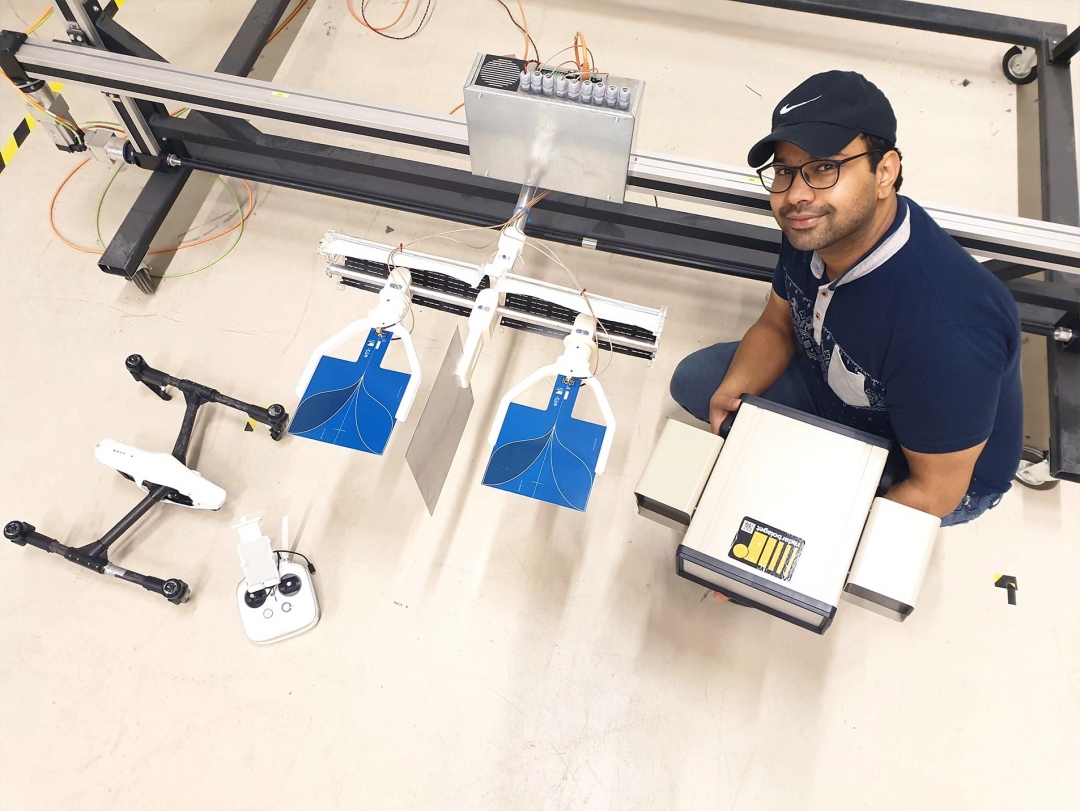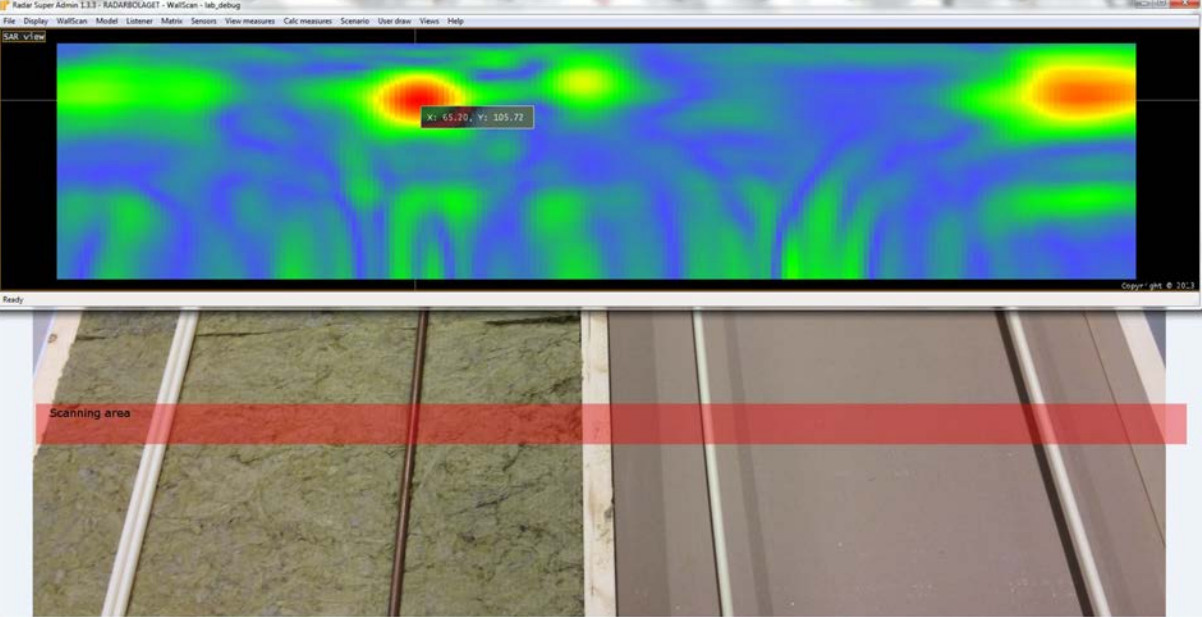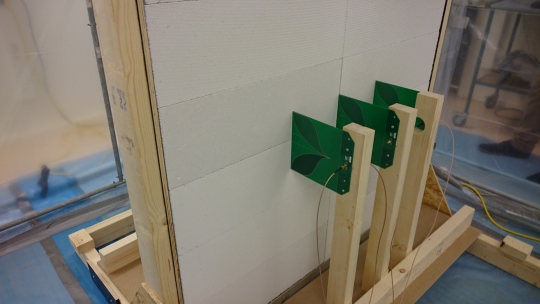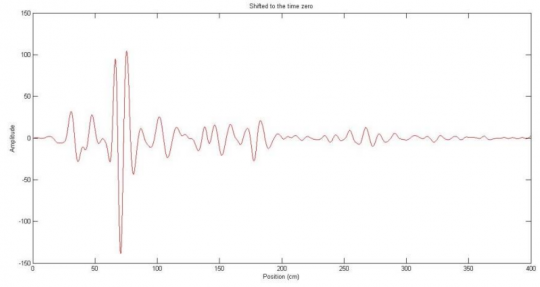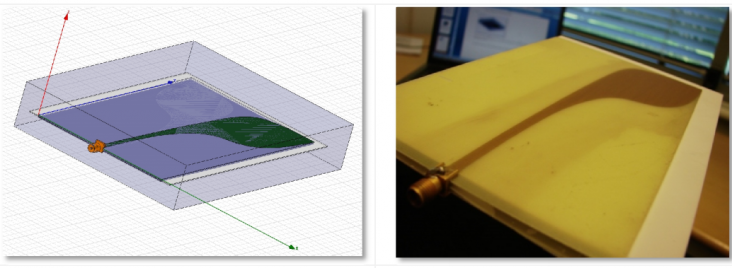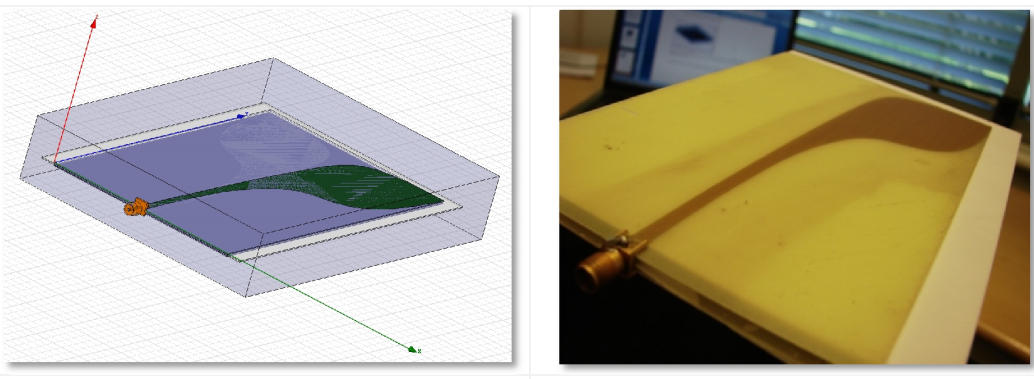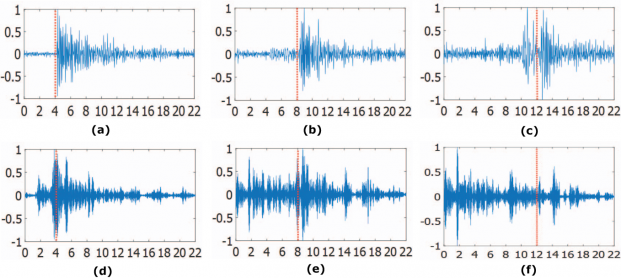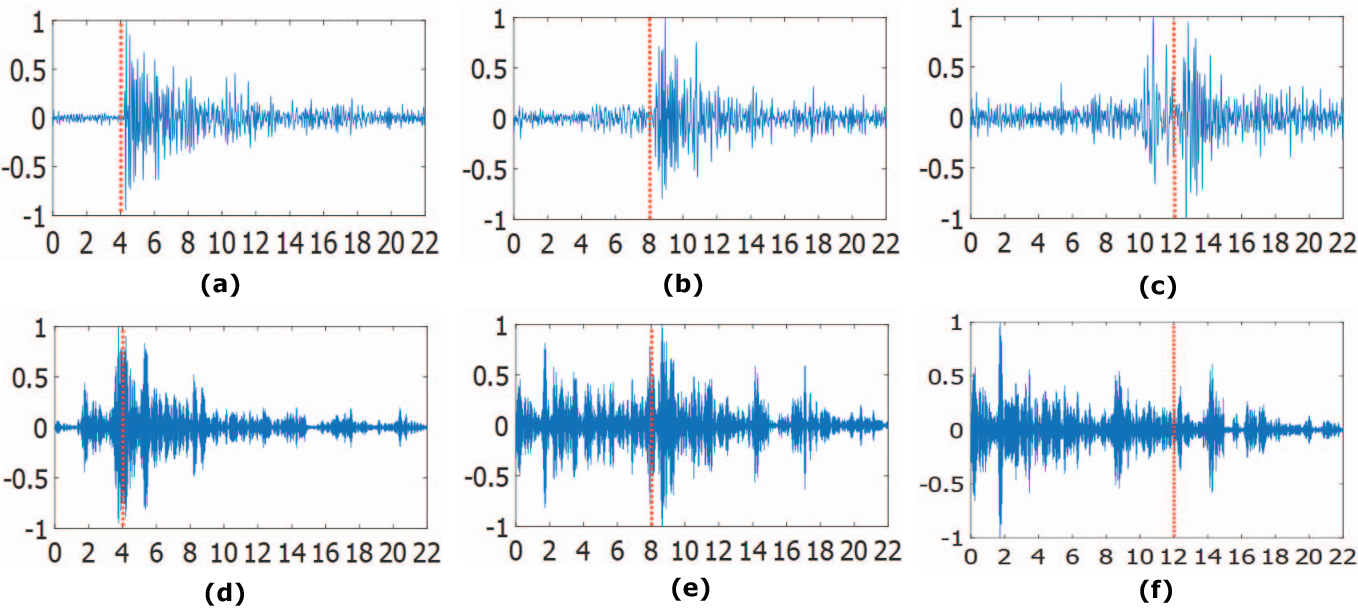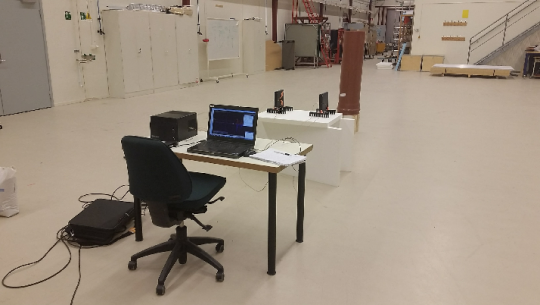Start your research and development project tomorrow
UWB Radar and Radio is a new and relatively novel field of research and development. The application areas are for example material investigations, positioning, distance measurement, detection, 3D-imaging, tomography, and tracking. The radar and radar technology has its advantages in harsh environments, for example behind walls, under the ground, through vapor and smoky atmospheres, and through different kind of material containers.
